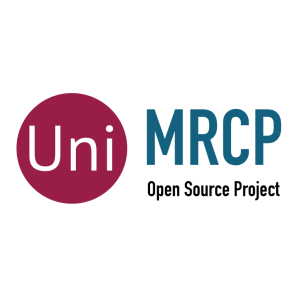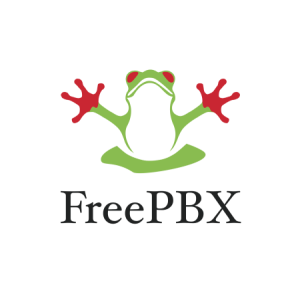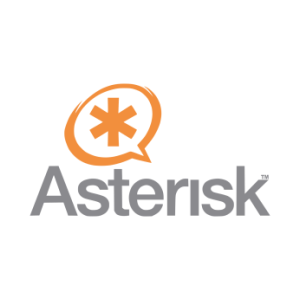- I6NET Solutions and Technologies
The Media Resource Control Protocol (MRCP) allows applications to control media service speech resources residing in servers. The MRCPv2, is currently a proposed standard protocol. UniMRCP is an open source cross-platform implementation of the MRCP client and server in the C/C++ language distributed under the terms of the Apache License 2.0. The implementation encapsulates SIP, RTSP, SDP, MRCPv2, RTP/RTCP stacks and provides integrators with an MRCP version consistent API.



